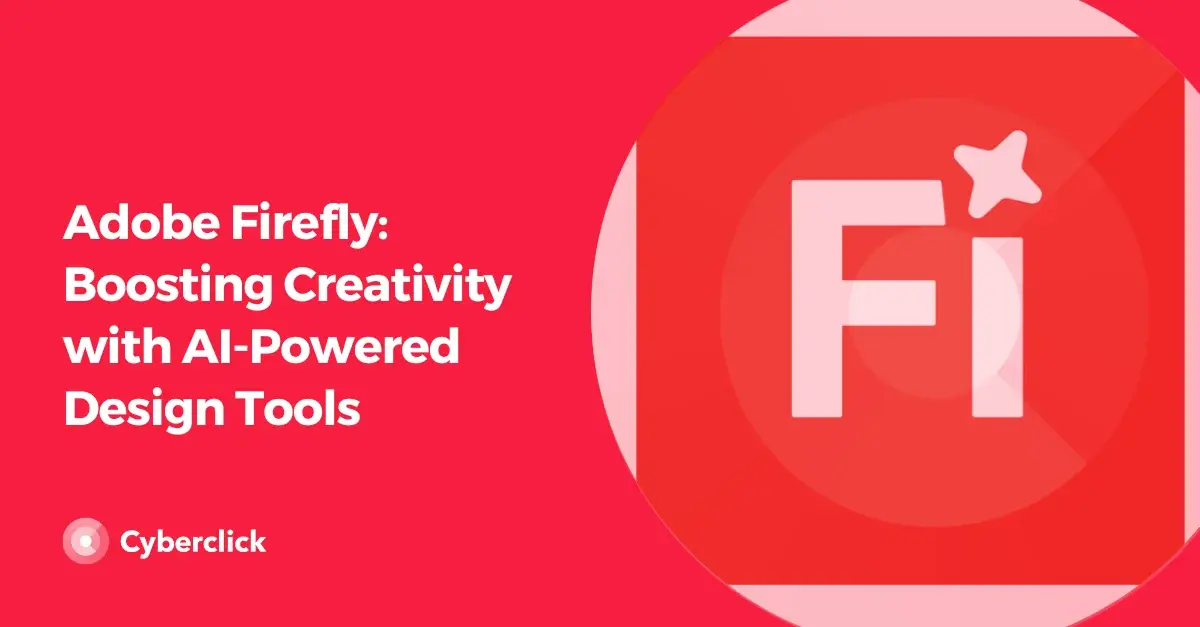Artificial intelligence is changing the way we create art, and Stable Diffusion is one of the tools leading this transformation. Whether you're an artist, designer, marketer, or just someone who loves experimenting with digital art, Stable Diffusion gives you the power to generate high-quality images from text prompts.
But how does it work, and why is it so popular? Let's break it down.

Stable Diffusion is an AI model designed to generate images based on text descriptions. It has made AI-powered creativity more accessible than ever before. Unlike earlier AI models that required expensive hardware, Stable Diffusion is optimized to run on consumer-grade computers—though having a powerful GPU still helps.
Since its release in 2022, the model has gone through multiple upgrades, including SDXL and the latest SD 3, each improving image quality and adding new features.
How It Works
Stable Diffusion uses a process called diffusion modeling to generate images. Here’s a simple breakdown of how it works:
-
Text Input: You enter a text prompt describing the image you want to create.
-
Encoding the Prompt: The AI processes your text using a language model called CLIP, which helps it understand what the words mean in a visual context.
-
Generating an Image: The AI starts with a slightly unclear image and gradually refines it, removing the noise step by step until a clear, detailed image appears. This process is powered by deep learning techniques and a dataset of image-text pairs.
-
Final Output: After multiple rounds of refinement, the AI produces a high-quality image that matches your description.
Main Features of Stable Diffusion
Stable Diffusion isn’t just about generating random images. It offers several features that make it a powerful tool for artists and creators:
-
Text-to-Image: Generate images from text prompts.
-
Image-to-Image: Modify or transform an existing image using AI.
-
Inpainting: Edit specific parts of an image. This can include replacing an object or filling in missing details.
-
Outpainting: Extend an image beyond its original boundaries, a tool that is useful for creating widescreen or panoramic effects.
-
Customization: With the right tools, users can fine-tune Stable Diffusion to create a unique art style or train it on custom datasets.
How Is Stable Diffusion Used?
The versatility of Stable Diffusion means it’s being used in various industries and creative fields:
-
Art & Design: Digital artists use it for concept art, illustrations, and creative projects.
-
Marketing & Advertising: Brands generate unique visuals for social media, ad campaigns, and product promotions.
-
Gaming & Film: Developers use AI-generated assets for characters, environments, and textures.
-
Fashion & Product Design: Designers explore new concepts by visualizing ideas with AI-generated imagery.
-
Education & Research: Stable Diffusion is used to study AI ethics, creativity, and the impact of AI in digital media.
Challenges and Ethical Concerns
While Stable Diffusion is a powerful tool, it also comes with some challenges:
-
Bias in AI: Because it’s trained on publicly available images, Stable Diffusion can reflect biases in its data.
-
Deepfake and Misinformation Risks: AI-generated images can be used to create misleading content, raising concerns about digital authenticity.
-
Hardware Limitations: While more accessible than some AI models, it still requires a decent GPU for optimal performance.
-
Legal and Copyright Issues: The use of AI-generated images raises legal questions about ownership and copyright, especially since the model is trained on publicly sourced images.
The Future of Stable Diffusion
Stable Diffusion continues to evolve, with new versions improving image realism and user control. Some key trends to watch include:
-
More Realistic Images: Future versions will enhance fine details, making AI-generated images even more lifelike.
-
Better Customization: More tools for artists to personalize and tweak their creations.
-
Ethical AI Development: Companies are working on better transparency, watermarking, and ethical safeguards.
-
Integration with Other AI Tools: Expect more cross-platform capabilities, such as combining text, voice, and video generation with AI.
Final Thoughts
Stable Diffusion is reshaping the way we create and interact with digital art. Whether you’re an artist looking for inspiration, a marketer in need of quick visuals, or a game designer crafting new worlds, this AI tool offers endless possibilities.
As with any emerging technology, responsible use and ethical considerations will continue to play a crucial role in its evolution. But one thing remains clear: AI-powered creativity is here to stay, and Stable Diffusion is one of the players leading the charge.
Responsable de Diseño y de la Experiencia del Usuario (UX) en Cyberclick. Se encarga de la conceptualización creativa de campañas y diseño gráfico, así como la optimización de los materiales para diferentes entornos y dispositivos. Colabora en proyectos estratégicos aportando una visión de producto centrada en el usuario.
Design and User Experience (UX) at Cyberclick. Sol is responsible for the creative conceptualization of campaigns and graphic design, as well as the optimization of materials for different environments and devices. Sol collaborates on strategic projects providing a user-centered product vision.






Leave your comment and join the conversation